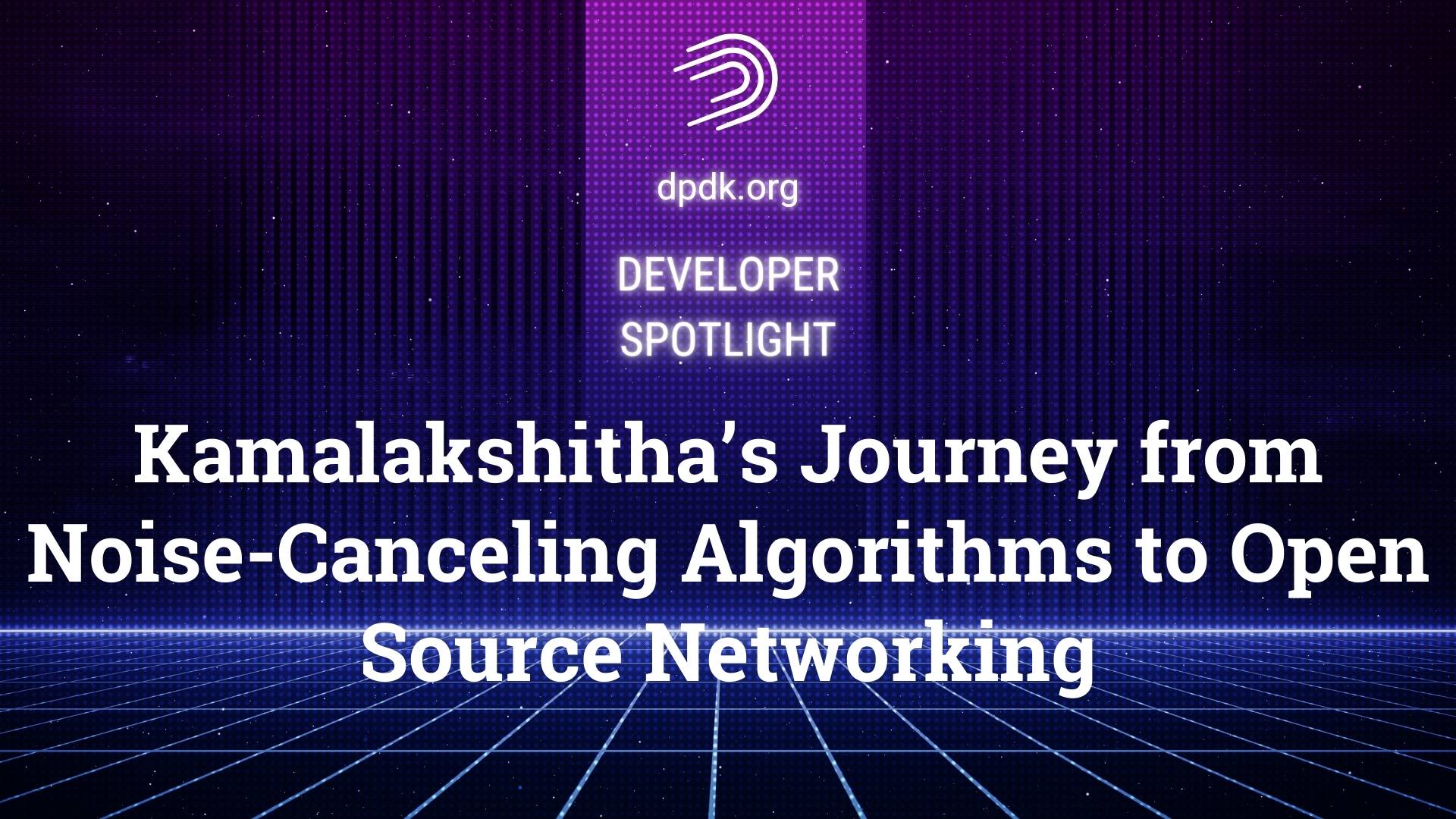
In the fast-paced world of high-performance networking, DPDK (Data Plane Development Kit) stands as a powerful tool, and its success is due in no small part to the dedication of its community members.
One such contributor is Kamalakshitha, a talented developer whose journey took her from studying electronics and communications in India to making a notable impact in open source software at Arm.
This developer spotlight explores Kamalakshitha’s journey into tech, her entry into open source, and her contributions to the DPDK project.
From Academia to First Tech Role
Kamalakshitha’s journey in tech began with an academic foundation in Electronics and Communications, where she completed an integrated Bachelor’s and Master’s program in India. This program sparked her interest in technology, laying the groundwork for her career.
After graduation, she accepted a role as a software engineer at a startup in India. This company focused on developing noise cancellation algorithms, and her work centered on researching and implementing solutions that would filter background noise, allowing only the target sound to pass through.
This experience gave her a strong foundation in software development, algorithm design, and research-based problem-solving—skills that would later contribute to her open source career.
Master’s in Computer Engineering and Exposure to DPDK
Seeking to deepen her technical expertise, Kamalakshitha pursued a Master’s in Computer Engineering at Texas A&M University, where her interests broadened toward network performance and user-space networking.
It was during this period that she secured an internship with Arm, a leading semiconductor company. In this role, she joined Arm’s Open Source Software team, where she was introduced to DPDK and VPP (Vector Packet Processor).
Her internship with Arm marked a pivotal moment in her career. Kamalakshitha delved into the performance analysis of VPP, by collecting and analyzing PMU(Performance monitoring unit) counters to dissect code hotspots and optimize their performance
This work familiarized her with the fundamentals of user-space networking and performance optimization, opening her eyes to DPDK’s potential to improve data processing speeds in network applications by bypassing the traditional kernel-based networking stack.
Full-Time Role at Arm and Entry into Open Source
After her internship, Kamalakshitha was interested in a full-time role with Arm’s Open Source Software team. Although no positions were available in that team at the time, she secured a role in a different team, where she focused on performance analysis for networking applications.
This role concentrated on identifying performance bottlenecks without direct code contributions. However, her desire to contribute to the codebase led her to eventually rejoin the Open Source Software team when a position became available.
This transition was significant for Kamalakshitha, as it allowed her to fulfill her aspiration of not only identifying performance bottlenecks but also addressing them through code contributions. Joining the open-source team allowed her to actively engage with the DPDK community, sharing her insights and participating in open discussions.
Key Technical Contributions to DPDK
Kamalakshitha’s contributions to DPDK have been multifaceted. Here’s a look at some of the highlights of her work:
- First Patch – Driver Fix
Her initial contribution to DPDK was a small but crucial driver fix. This patch taught her about the processes involved in open-source contributions and helped her become familiar with DPDK’s mailing list and review system. - Zero Copy API
Kamalakshitha volunteered to write test cases for DPDK’s Zero Copy API after spotting its development in the community mailing list. Her proactive approach and dedication to improvement led her to create test cases that enhanced the API’s robustness. - Cache-Aware Mempool Project and Blog Post
Recognizing that users could benefit from understanding the importance of buffer and cache line sizes for performance, Kamalakshitha undertook a project to create a blog post on cache-aware memory pooling. This piece provided an in-depth look at how certain buffer sizes and cache allocations could impact DPDK performance, transforming complex technical details into accessible knowledge for the community. - Multi-Packet Receive Queue (MPRQ)
Currently, Kamalakshitha is focused on improving the performance of DPDK’s multi-packet receive queue (MPRQ) on Arm systems. This project, centered on the Mellanox NIC, involves analyzing MPRQ configurations and their impact on packet processing, demonstrating her skill in both hardware-specific optimizations and cross-platform performance improvements.
Read Kamalakshitha’s blog Cache Awareness in DPDK Mempool for a detailed understanding of how buffer size and cache awareness influence packet processing in DPDK, including practical insights into buffer allocation strategies, cache utilization and performance benchmarks.
Engaging with the DPDK Community
Kamalakshitha’s involvement in the DPDK community extends beyond code contributions. She first engaged through DPDK’s mailing list, where she reviewed patches and learned the nuances of community contribution.
She credits her former manager, Honnappa Nagarahalli, with encouraging her to join Arm’s open source team, which further facilitated her entry into the DPDK community.
In addition to her formal role, Kamalakshitha has found that the open source environment allows her to connect with diverse experts across different companies. This experience has not only expanded her technical expertise but has also developed her soft skills, such as presenting technical ideas, discussing optimization methods, and building consensus on improvements with a global audience.
A Methodical Approach to Programming
Kamalakshitha’s approach to programming is systematic and meticulous. She prefers to analyze code performance and identify hotspots, using tools like perf to monitor program execution. Before implementing a fix, she visualizes potential solutions and maps out her strategy on paper.
This analog approach allows her to organize her ideas clearly, giving her a structured plan for tackling complex coding tasks. She then methodically tests her solutions, adding only incremental changes to optimize performance.
DPDK’s Future in High-Speed Networking
Kamalakshitha is particularly excited about DPDK’s future role in emerging technologies. With the expansion of 5G networks and the rise of AI-driven applications, she sees DPDK as a foundational technology enabling high-speed data processing and low-latency communication.
Whether it’s supporting 5G’s data transfer needs or facilitating communication between distributed AI nodes, DPDK provides a versatile, high-performance toolkit.
She also envisions DPDK as a vital component in building data-plane stacks on top of smart NICs and other accelerators, thus broadening its applications in cutting-edge technology.
Championing Diversity in Open Source
As a woman in a traditionally male-dominated field, Kamalakshitha is aware of the challenges and opportunities that come with increasing diversity in tech.
She notes that while progress has been made, there’s still work to be done in creating an inclusive environment. She encourages women to explore open source as a platform for professional growth, as it provides unique opportunities for visibility, learning, and collaboration.
Reflecting on her experiences, Kamalakshitha emphasizes the importance of community and role models in motivating women in tech. Seeing other female engineers in open source helps create a sense of belonging and inspires more women to participate and contribute.
Work-Life Balance and Personal Interests
Balancing a demanding career with personal life is essential for Kamalakshitha, especially after recently becoming a mother. She manages her responsibilities by setting clear priorities and taking regular breaks to recharge.
Small rituals, like preparing healthy meals or going for short walks, help her unwind. The arrival of her child has further sharpened her time management skills, as she carefully balances work and family responsibilities.
Essential Tools and Advice for New Developers
For Kamalakshitha, perf is an indispensable tool, enabling her to perform in-depth performance analysis for her projects. On a personal level, her phone is an essential device, with applications like slack keeping her connected to her team and enabling her to join meetings on the go when necessary. (join the DPDK slack channel here)
One piece of career advice that has resonated with her is the importance of understanding the basics of any project before diving in.
She believes that a clear grasp of the fundamentals not only accelerates learning but also enables more impactful contributions. She recommends that new developers have a quick chat with mentors to clarify the broader picture before delving into details.
Final Thoughts
Kamalakshitha’s journey from noise-canceling algorithms to open-source networking at Arm illustrates the power of perseverance, curiosity, and community.
Through her contributions to DPDK, she is helping shape the future of high-performance networking.
Her story is an inspiration for other developers, particularly women in tech, highlighting the benefits of open-source collaboration and the exciting opportunities it offers.
As she continues her journey in DPDK, Kamalakshitha looks forward to new projects, deeper community engagement, and expanding DPDK’s role in supporting next-generation networking technologies.
Start contributing to DPDK here.


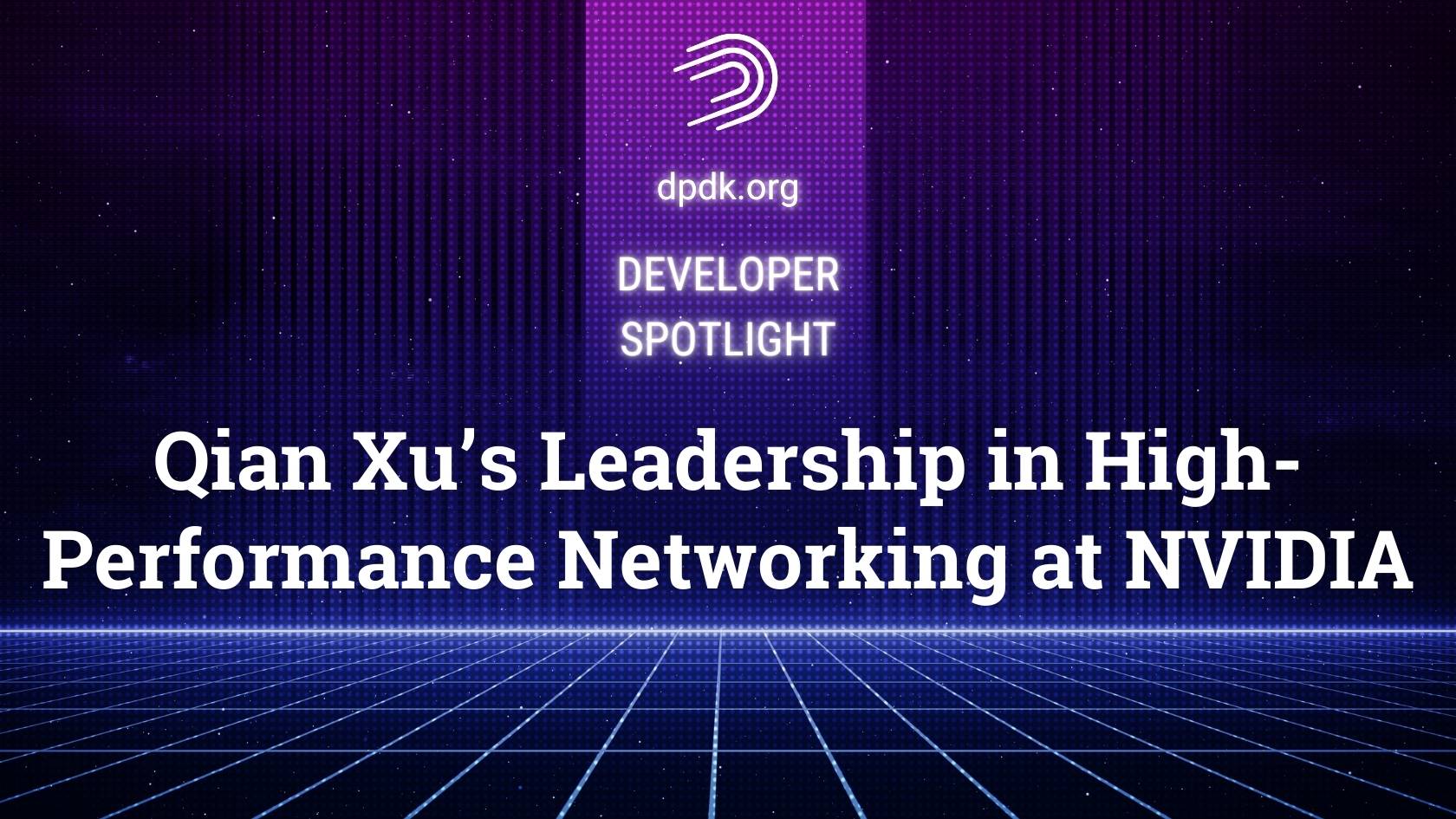
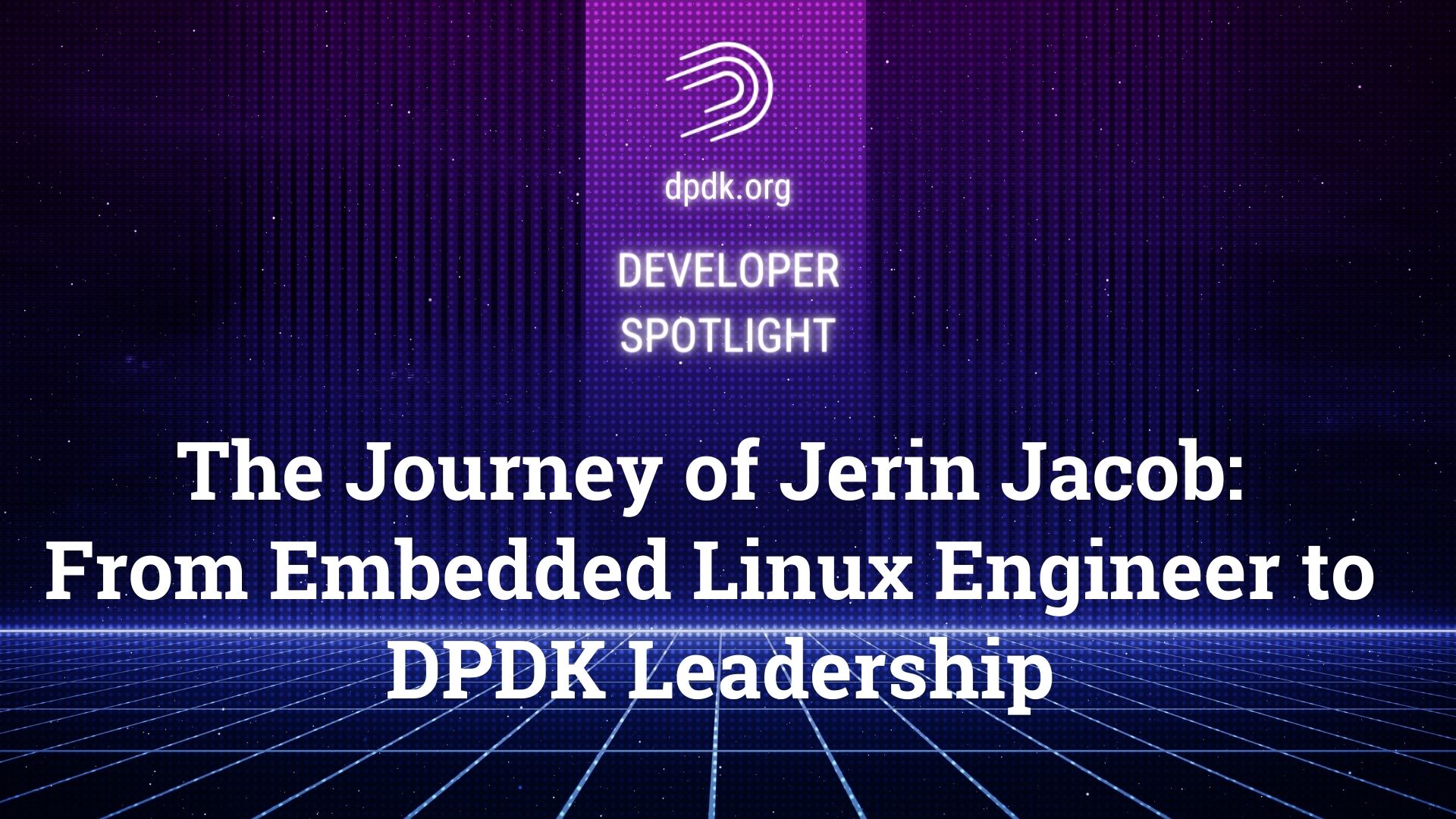
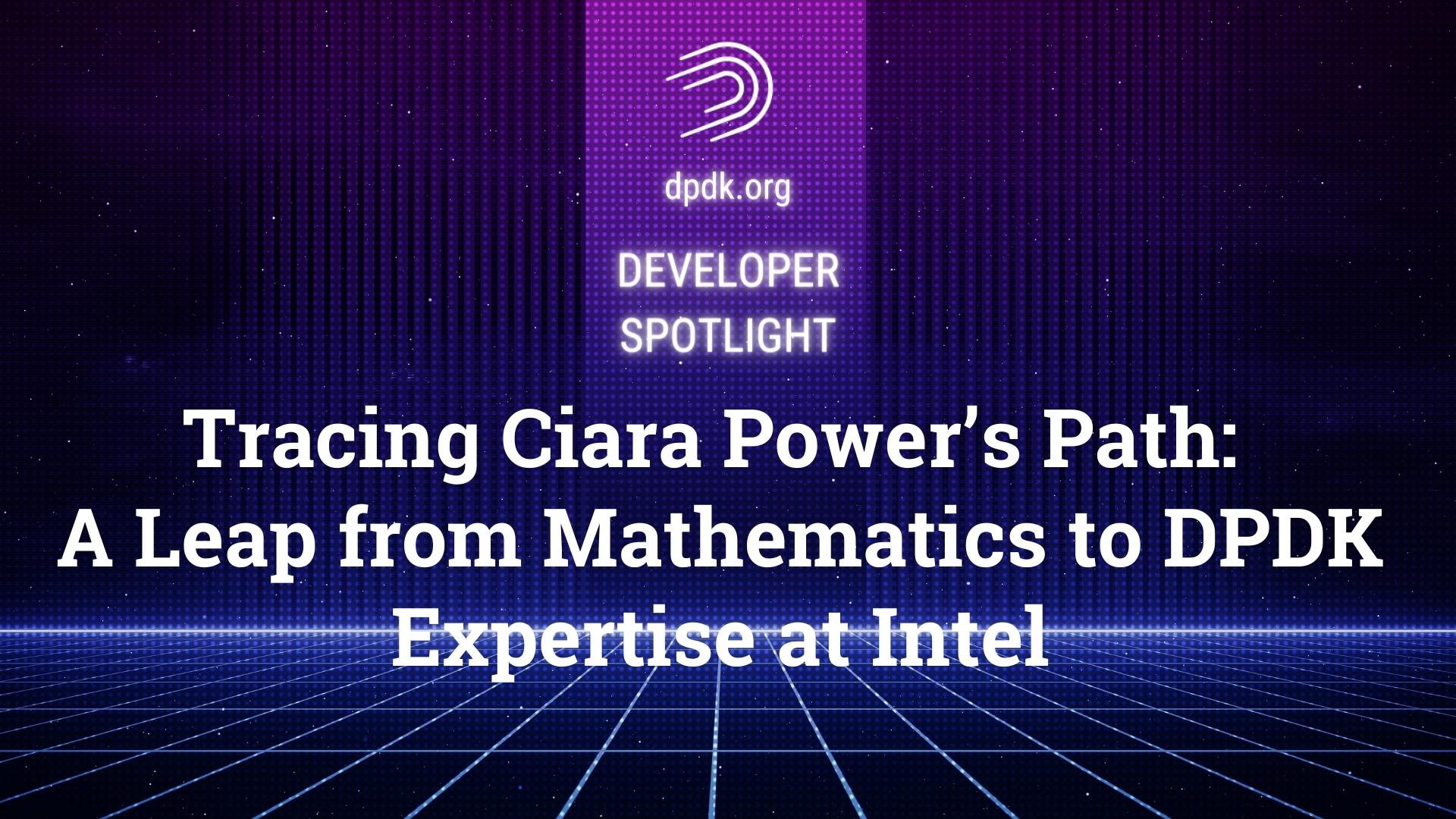
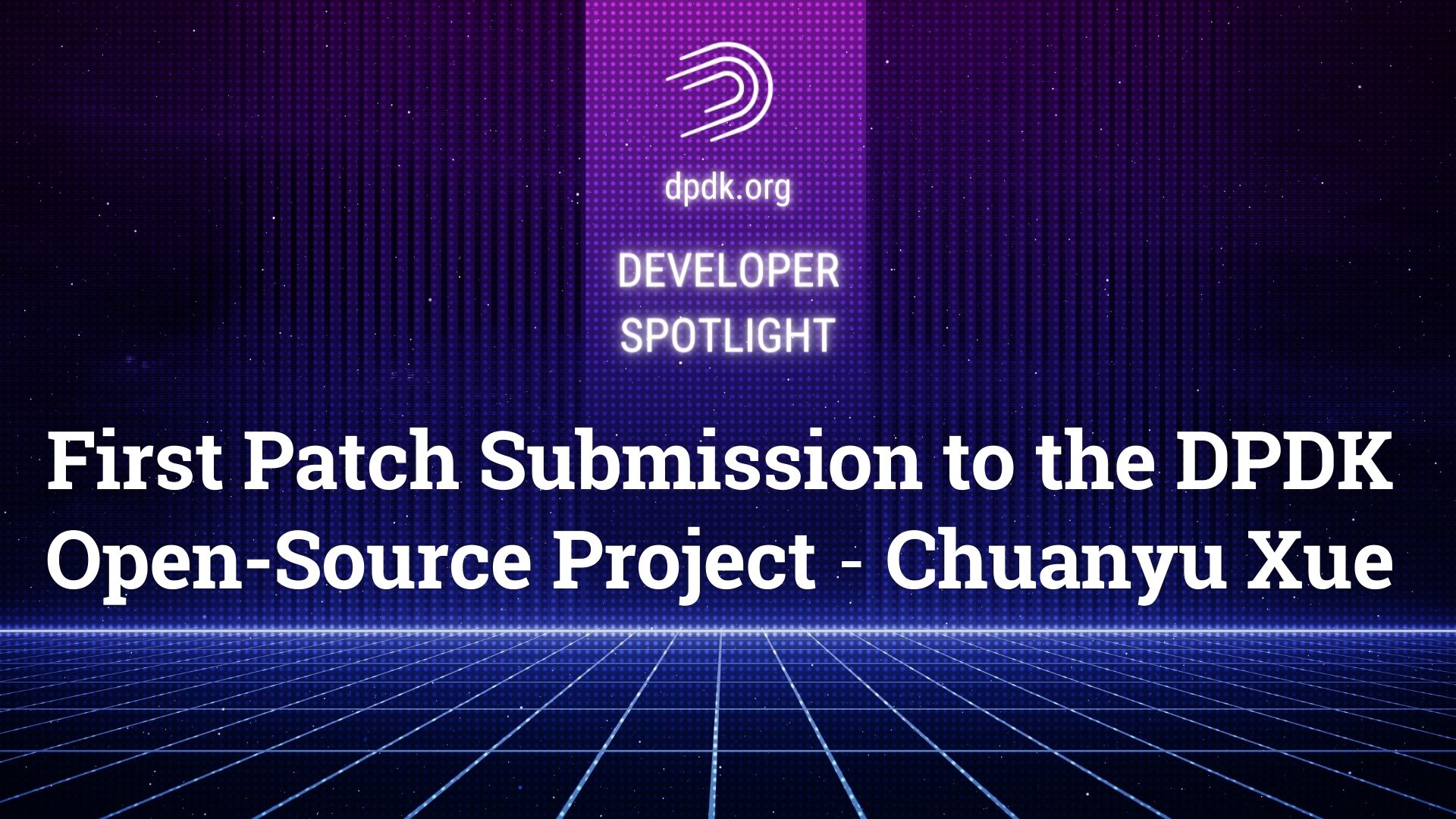


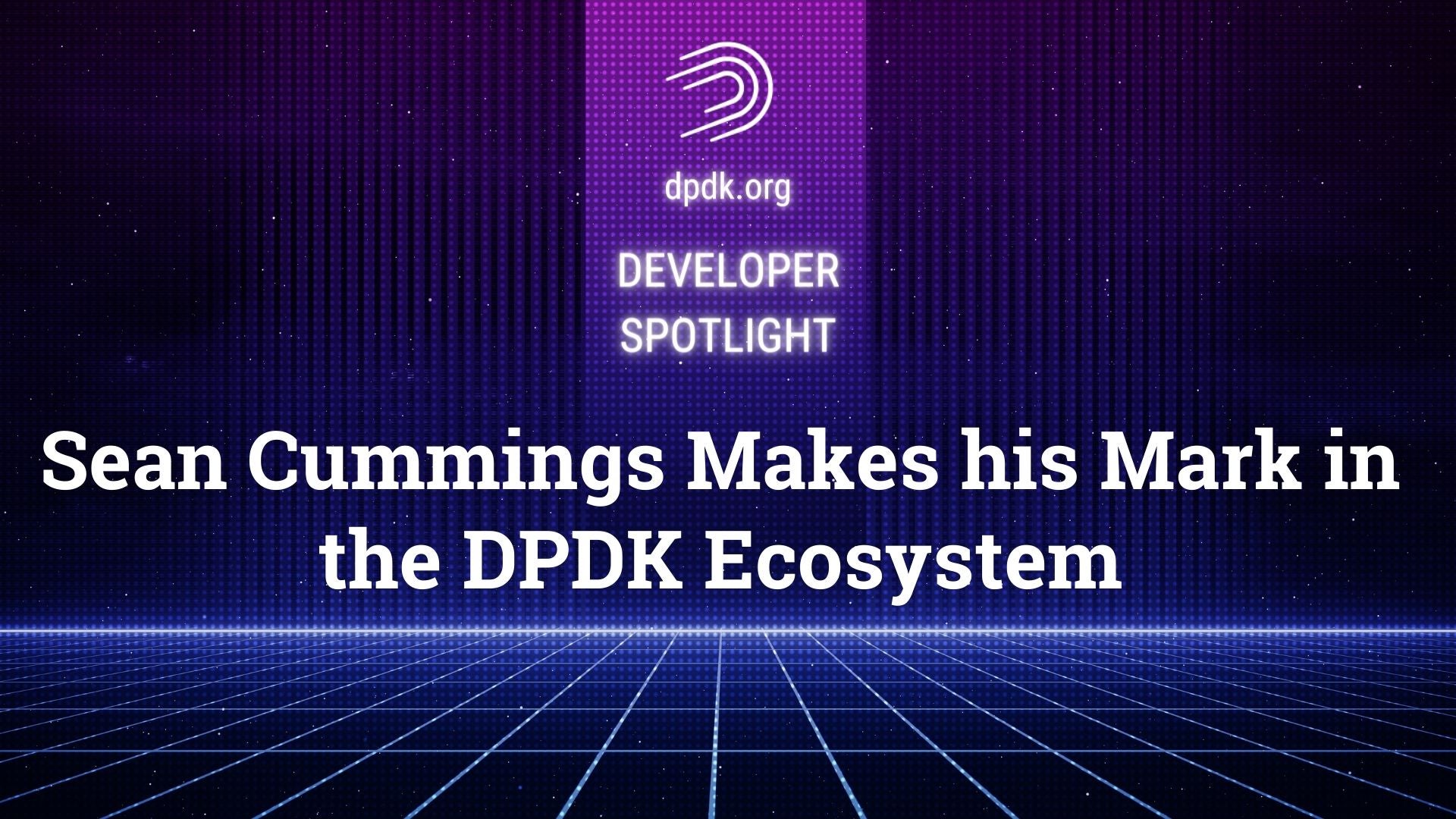

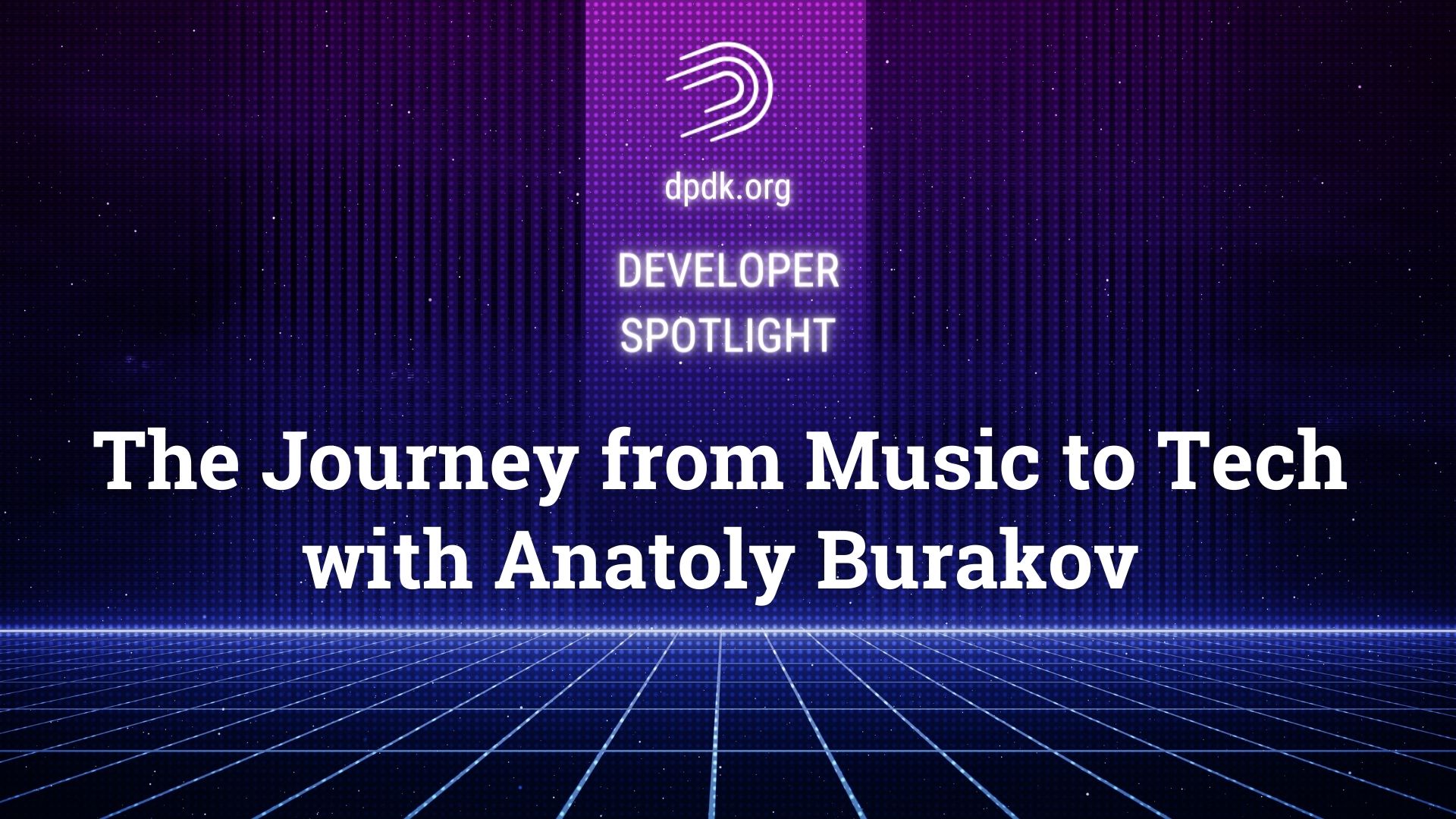
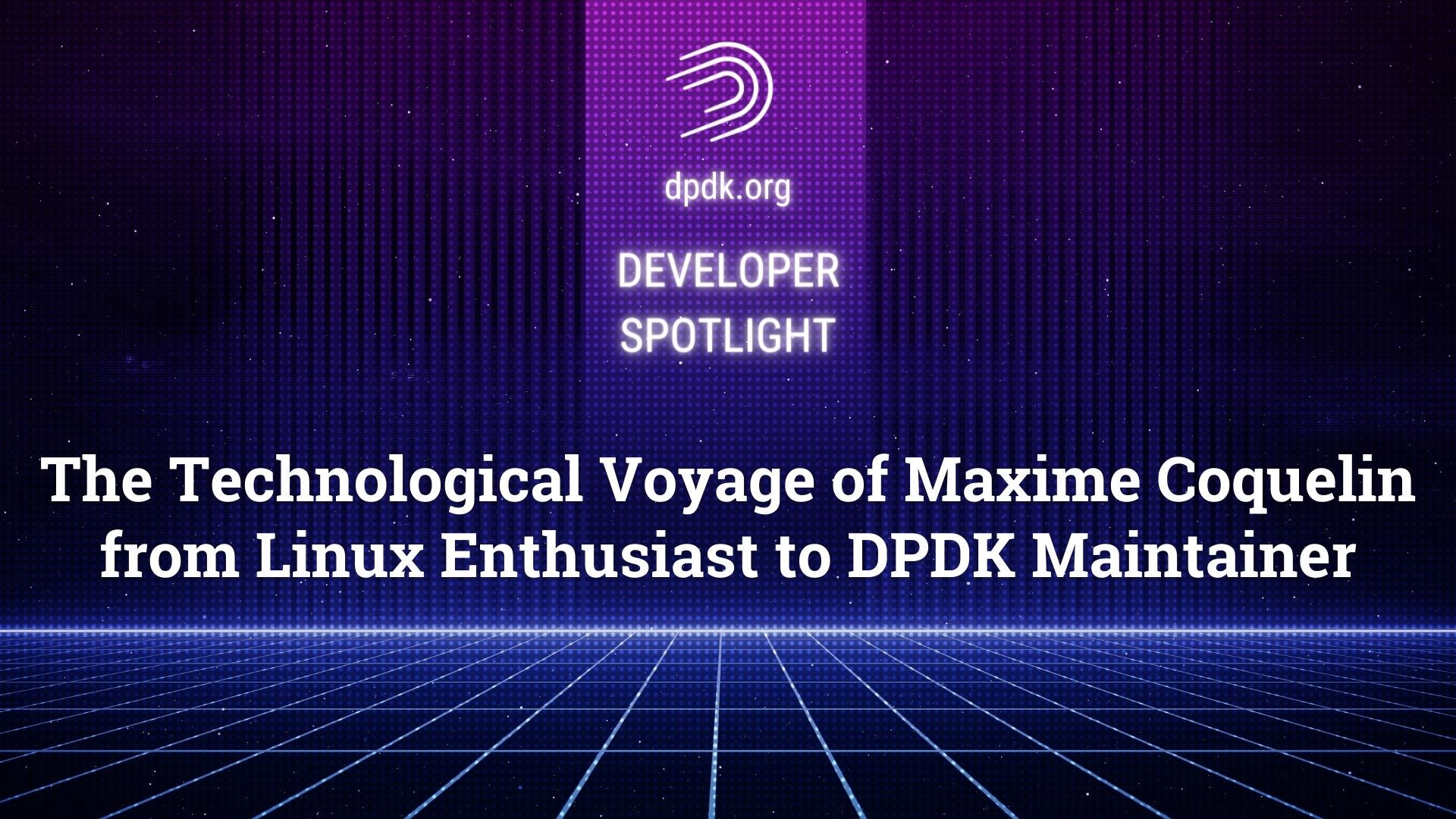
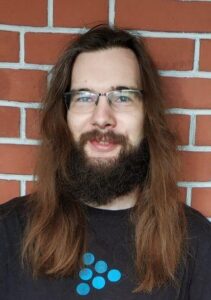 Name:
Name: